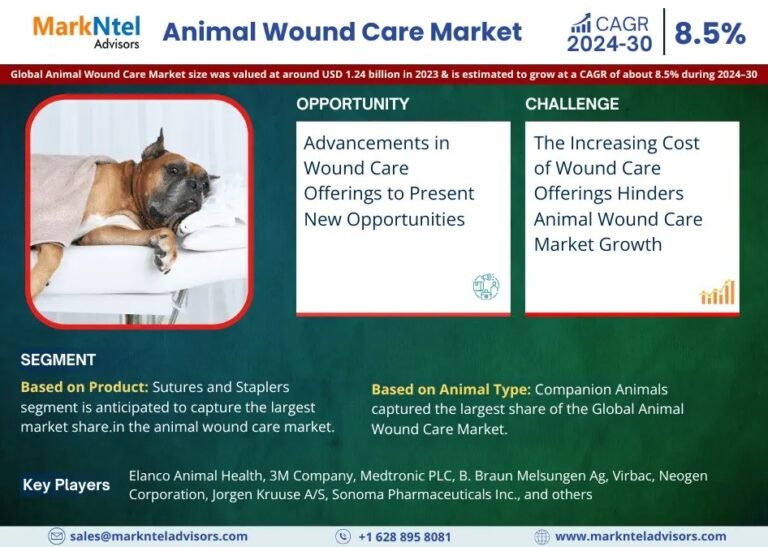Tooth extractions are among the most common dental procedures, but they aren’t without risks. One of the most painful and preventable complications is a condition known as dry socket. It’s well-documented that smoking increases the risk of developing this condition—but how does smoking cause dry socket? In this blog, we’ll delve into the science behind dry socket, the impact of smoking on oral healing, and how to safeguard your recovery. We’ll also explore how complete Healthcare Services can support you in overcoming these health challenges more holistically.
What is Dry Socket?
Dry socket, medically termed alveolar osteitis, occurs when the protective blood clot that forms after a tooth extraction becomes dislodged or fails to develop. This clot is vital for covering nerve endings and bone tissue in the extraction site. When it’s missing, the bone is exposed to air, food, and fluids—resulting in intense pain, inflammation, and delayed healing.
The Link Between Smoking and Dry Socket
Inhalation Pressure
Smoking involves suction, which creates negative pressure in the mouth. This pressure can easily disrupt the formation of a stable blood clot, especially within the first 48-72 hours following a tooth extraction.
Nicotine and Vasoconstriction
Nicotine causes vasoconstriction, or the narrowing of blood vessels. Reduced blood flow means less oxygen and fewer nutrients reach the surgical site, slowing healing and increasing vulnerability to infection.
Chemical Irritants
Tobacco smoke contains thousands of harmful chemicals. These can irritate the wound and gum tissue, increasing the likelihood of clot dislodgement and bacterial contamination.
Immune Suppression
Smoking weakens the immune system, making it harder for the body to fight infections and heal properly. This directly impacts the recovery process following dental surgery.
Scientific Evidence Supporting the Risk
Numerous studies have established a strong connection between smoking and dry socket:
-
Research published in the British Journal of Oral and Maxillofacial Surgery found smokers are three to four times more likely to develop dry socket compared to non-smokers.
-
A study in the Journal of the American Dental Association revealed that patients who smoked within 24 hours post-extraction had a significantly increased risk.
Timing Matters: When is it Safe to Smoke Again?
Dental professionals recommend avoiding smoking for at least 72 hours post-extraction. Ideally, patients should wait 5-7 days to allow the clot to stabilize. For smokers struggling with nicotine withdrawal, using a nicotine patch may provide a safer alternative during the healing period.
H2: Why Holistic Healthcare Services Matter
A comprehensive approach to health considers not just dental recovery, but your overall wellness. Incorporating full-spectrum Healthcare Services can support:
-
Smoking cessation through behavioral and medical therapies
-
Chronic condition management (like diabetes) that could impact healing
-
Nutritional support to promote tissue repair and recovery
Family physicians and healthcare teams are instrumental in helping patients prepare for and recover from dental procedures.
Preventing Dry Socket: Tips for Smokers
If quitting smoking temporarily or permanently is not feasible, here are some ways to reduce your risk:
-
Refrain from smoking for at least 3-5 days post-procedure
-
Avoid straws and vigorous spitting
-
Rinse gently with warm salt water starting 24 hours after the extraction
-
Use nicotine patches instead of smoking
-
Maintain good oral hygiene (without disturbing the surgical site)
Can Vaping Cause Dry Socket?
Many patients wonder if switching to e-cigarettes or vaping is safer. The answer? Not necessarily. Though vapes may lack tobacco, they still involve suction and heat, which can negatively impact healing. Some vape liquids also contain irritants and chemicals that can harm exposed tissue.
Signs You May Have Developed Dry Socket
If you’re experiencing any of the following symptoms after a tooth extraction, contact your dentist immediately:
-
Severe or increasing pain 2-4 days post-procedure
-
A visible absence of blood clot in the socket
-
Bad breath or foul taste
-
Radiating pain to the ear, eye, or neck
Prompt treatment is essential to manage pain and prevent further complications.
Treatment Options for Dry Socket
Dry socket is typically treated with:
-
Flushing out the socket to remove debris
-
Medicated dressings to ease pain and protect the bone
-
Prescription pain relievers or antibiotics (if infection is present)
-
Follow-up visits for socket management
Long-Term Oral Health Risks of Smoking
Beyond dry socket, smoking is a major contributor to various oral health issues, including:
-
Periodontal (gum) disease
-
Delayed wound healing
-
Increased risk of oral cancers
-
Tooth discoloration and decay
-
Poor outcomes with dental implants
The best course of action for long-term dental health is to quit smoking altogether. However, even short-term cessation can yield significant healing benefits.
How Your Healthcare Provider Can Help
Talk to your doctor or dentist before any dental procedure, especially if you smoke. Your provider can offer personalized recommendations, cessation support, and medications to help reduce post-op risks. Don’t hesitate to ask about the tools available to help you quit, even if only temporarily.
FAQs
Q1: Can I smoke just one cigarette after a tooth extraction?
A: Even a single cigarette can interfere with healing and increase the risk of dry socket.
Q2: What if I already smoked after my extraction?
A: Contact your dentist if you feel severe pain or see an empty socket. Early intervention can prevent worsening symptoms.
Q3: Is vaping better than smoking after tooth removal?
A: No, vaping also poses risks due to suction and heat. It’s best to avoid both.
Q4: Can nicotine patches help reduce the risk?
A: Yes. Nicotine patches don’t require oral suction and can be a safer alternative during recovery.
Q5: How soon can I resume normal activity after a tooth extraction?
A: You can usually resume light activities the next day but avoid strenuous exercise, smoking, and alcohol for several days.
Final Thoughts
Understanding how smoking causes dry socket empowers patients to make informed decisions about their oral health. The science is clear—smoking hinders healing and drastically increases the risk of dry socket. If you’re preparing for a tooth extraction, talk with your dentist and consider pausing your smoking habit. Coupled with complete Healthcare Services, a little prevention goes a long way in ensuring a smooth and pain-free recovery.





